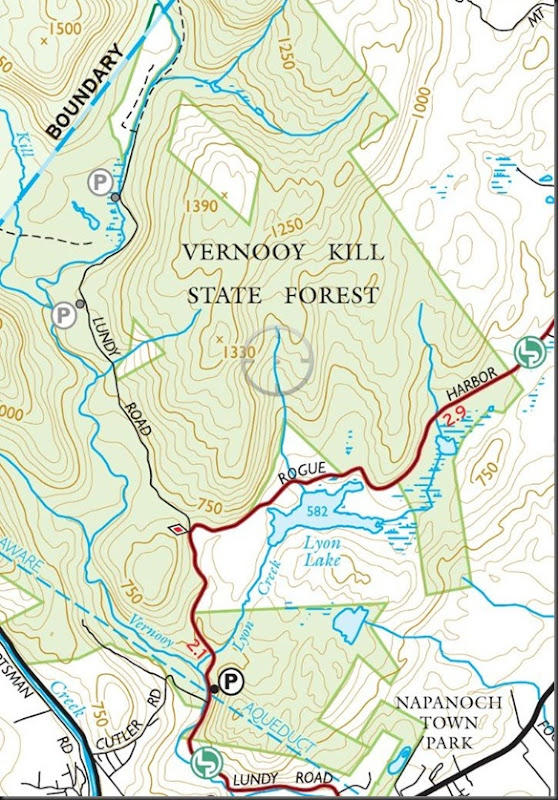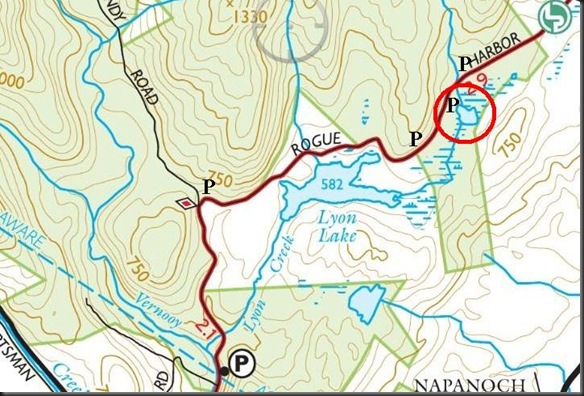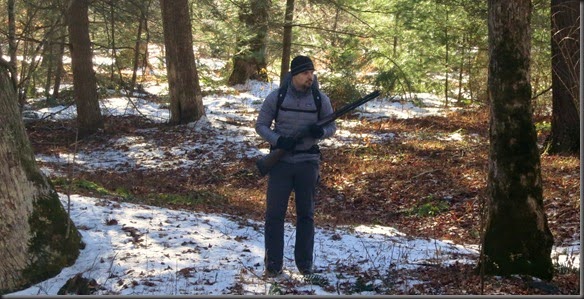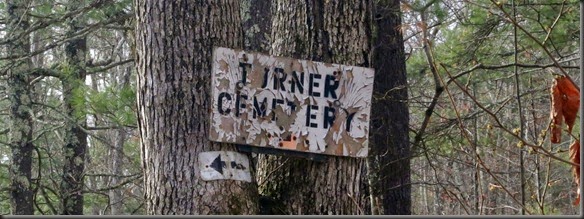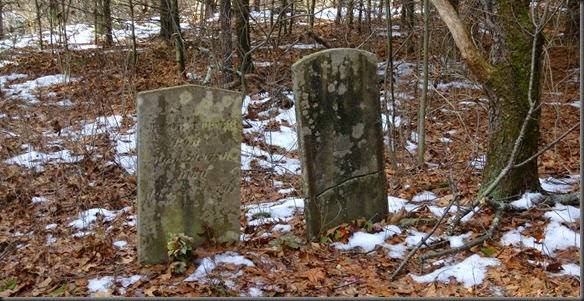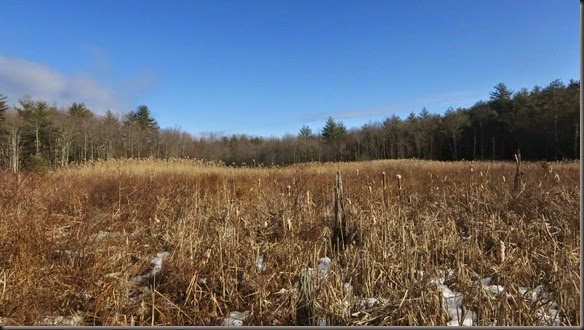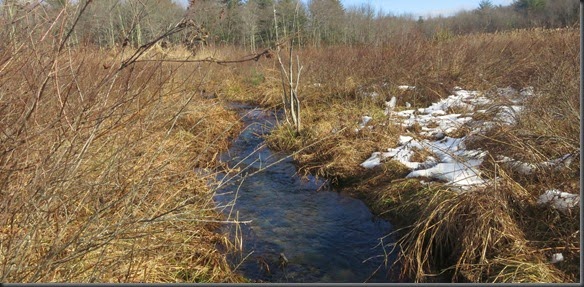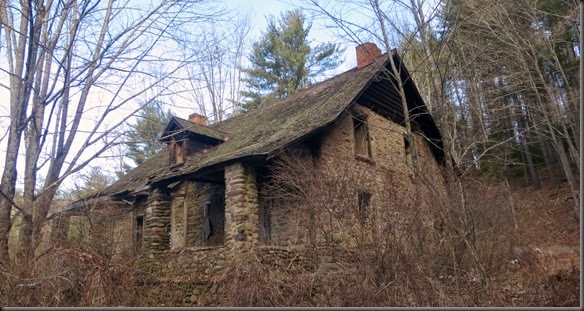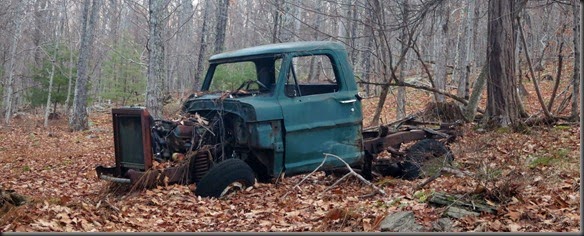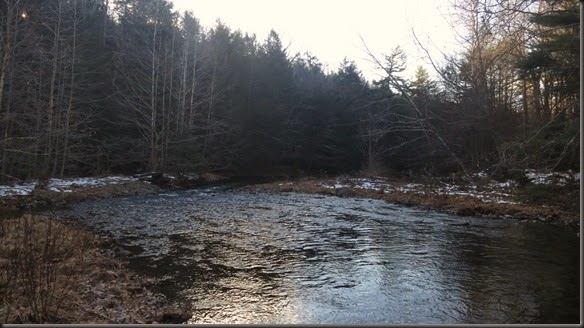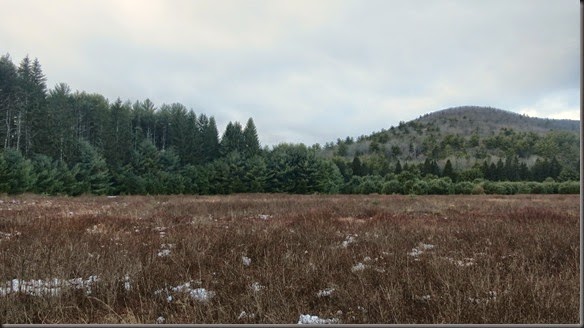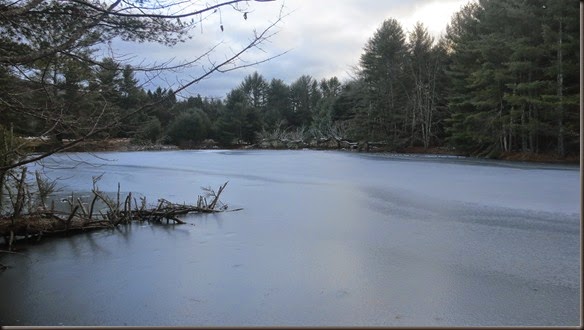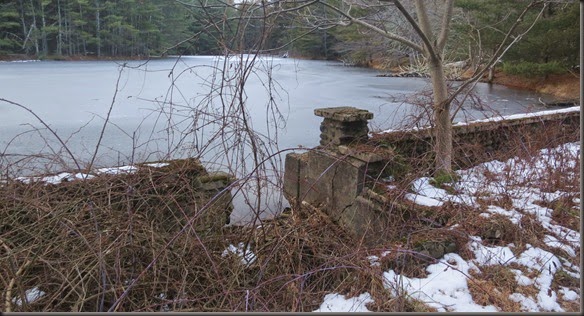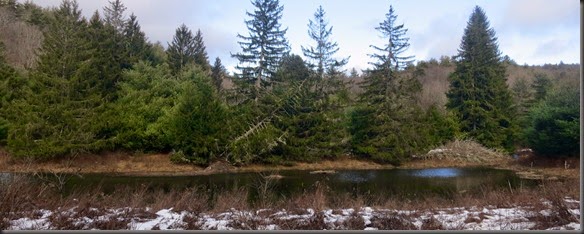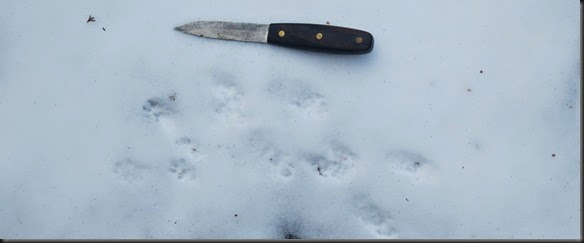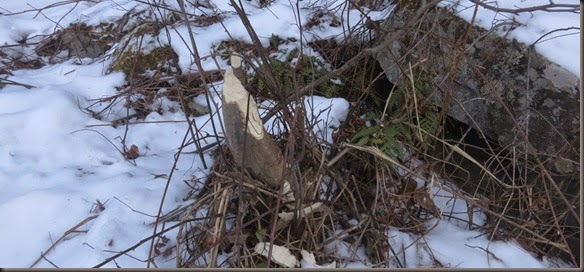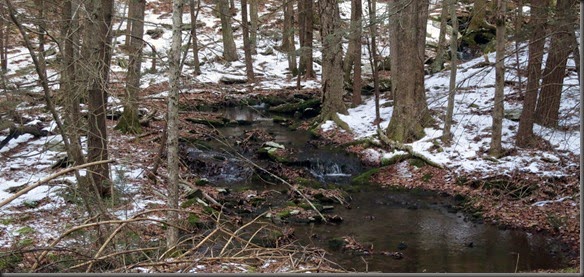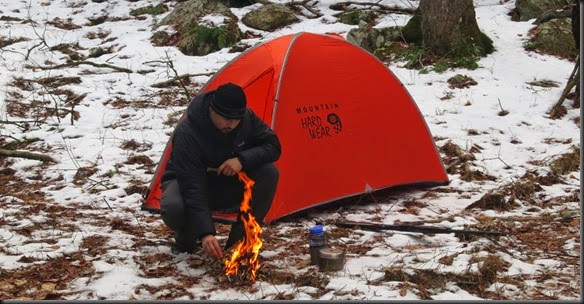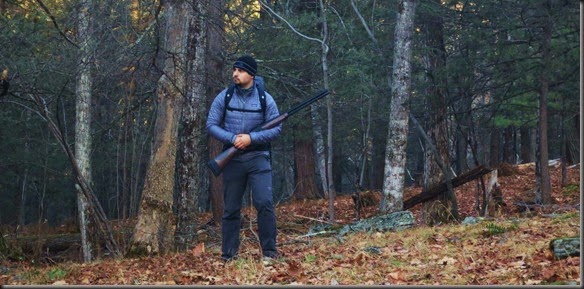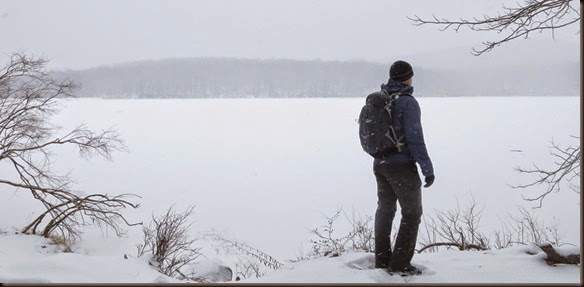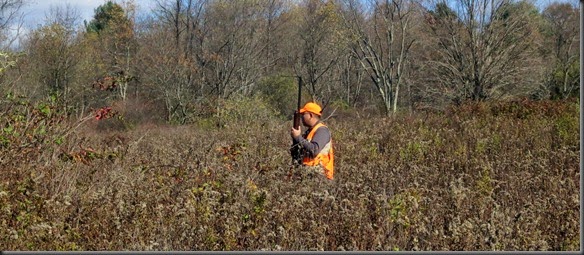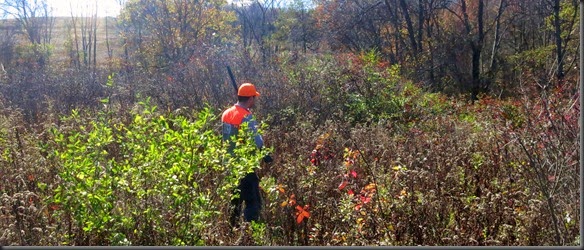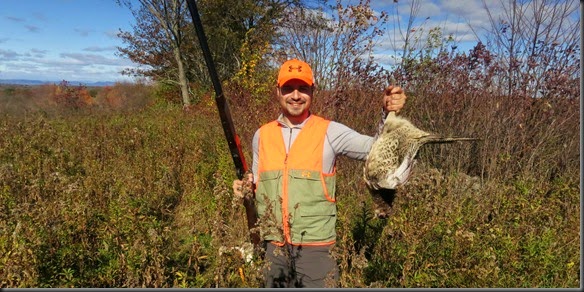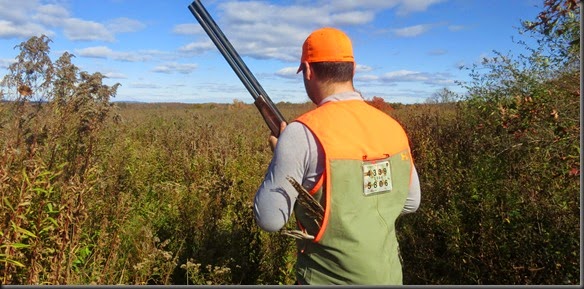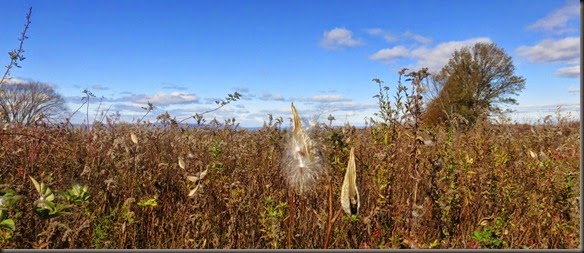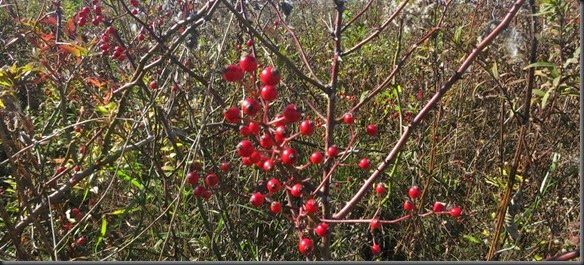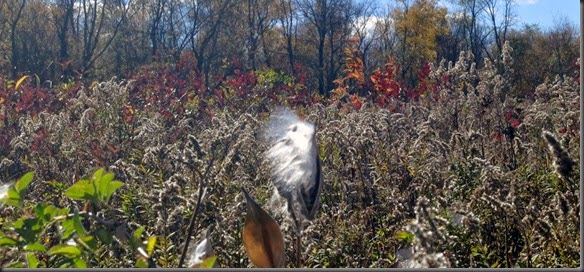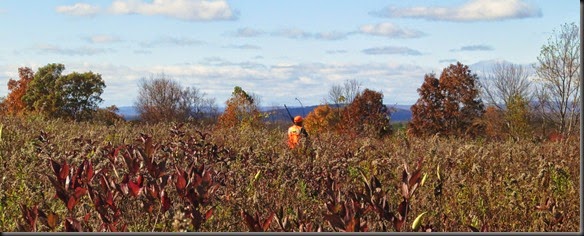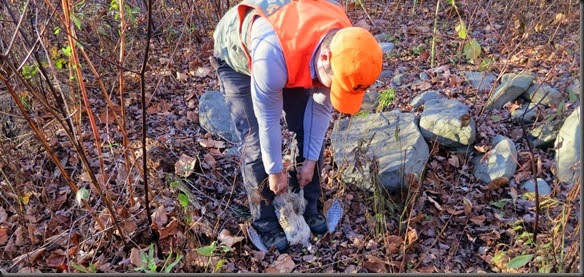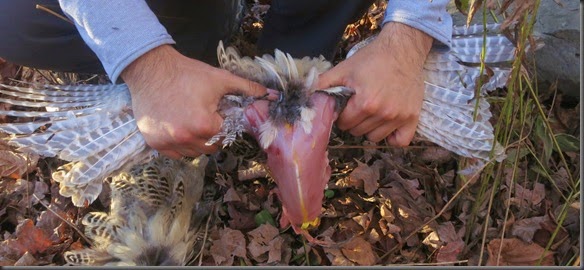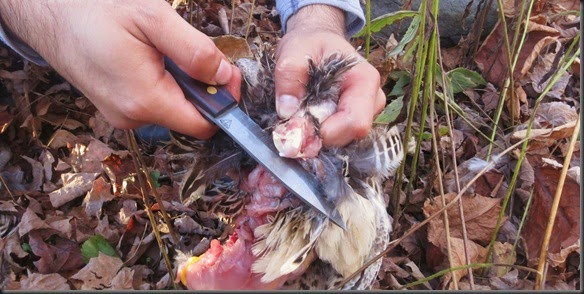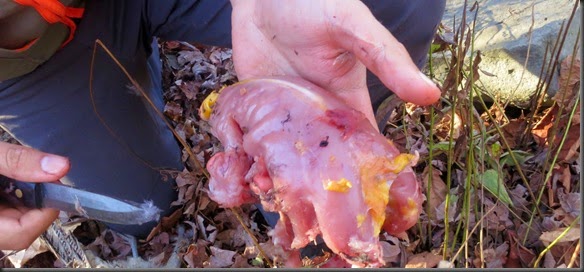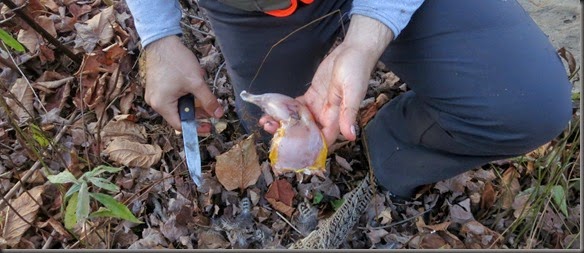One’s choice of shotgun is a very personal decision. I find that the fit and feel of a shotgun matters much more to one’s marksmanship than it does when it comes to rifles. The reason is that during most applications, shotguns are pointed, not aimed. Shots are ordinarily taken with both eyes open, relying on proper alignment of the shotgun rather than aiming to get the shot on target. How a shotgun fits with your body and shooting style can make all the difference.
As a result, recommending a shotgun is a difficult task. There are certain criteria which can be measured and objectively judged, but the way a shotgun fits a shooter and swings in their hands is a very personal thing that does not necessarily cross well from shooter to shooter.
For the past year I have been shooting the CZ Upland Ultralight over/under shotgun. I selected it as my shotgun due to a combination of tangible and measurable characteristics, as well as the more intangible ones. In short, it did what I needed it to do and it felt right in my hands. I find that I am very particular about the feel of a shotgun, and this was on a very short list for me.
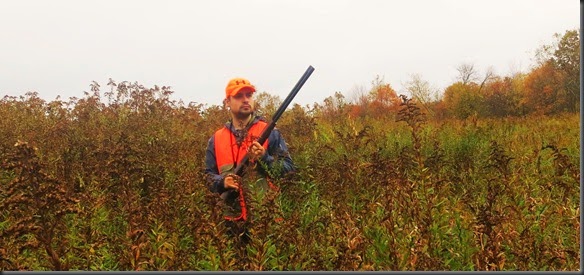
The CZ Upland Ultralight is manufactured by CZ USA, a subsidiary of the Czech firearms manufacturer Česká Zbrojovka Uherský Brod, so… let’s stick with CZ. While CZ is well known for their rifles and handguns, few people associate the company with shotguns. The reality is that CZ actually outsources their shotgun manufacture to a Turkish company called Huglu Hunting Firearms Cooperative, or Huglu for short. While Turkish shotguns are not prominently featured on the US market, they do have a good reputation, and that is reflected in the surprising quality of the shotguns produced for CZ.
The shotgun comes only in 12 gauge, but does offer a choice of 26 or 28 inch barrels. The one I have is the 28 inch barrel version. I have found the extra length to not be an issue at all. In fact, the shotgun feels short when compared to pump and semi-auto shotguns with similar barrel lengths. The reason is that with a break-open action you do not have the bolt mechanism which adds several inches onto a pump or semi-auto shotgun. As with other break-open shotguns, the result is a shortened overall length while keeping barrel length the same.
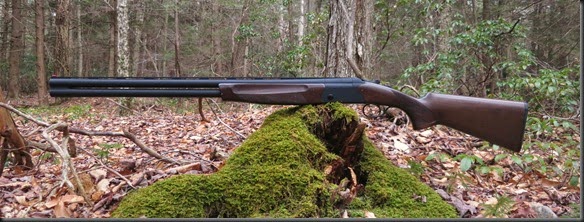
The CZ Upland Ultralight is capable of chambering 2 3/4 and 3 inch shells. It comes standard with five interchangeable choke tubes (F,IM,M,IC,C). I have purchased a second set so that I can shoot the same choke in each barrel if I want. I also have a turkey choke (0.065) for the gun. While most stores will not stock chokes for CZ shotguns, they can be easily found online by searching for Huglu choke tubes. You will find full selections from manufacturers like Trulock and Briley. From my own tests, for what it’s worth, the thread pattern for the chokes is the same as for Baretta/Benelli chokes.
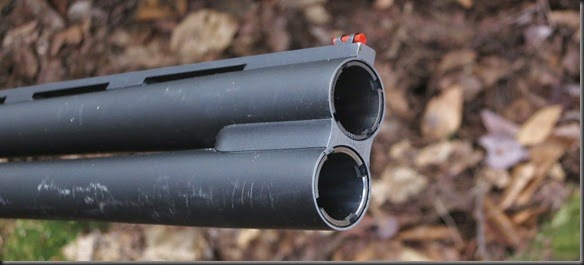
As the name indicates, the CZ Upland Ultralight is a lightweight shotgun. In fact, at 6 lb the CZ Upland Ultralight is one of the lightest 12 gauge shotguns currently on the market. For me that was a big selling point. When I hunt I carry my guns over considerable distances. Weight matters. Shaving off several pounds from the gun has significant value to me. The weight reduction comes from an aluminum frame, lack of a mid-rib between the barrels, and a hollowed out stock. While the aluminum stock may initially be a concern when compared to a stainless steel one, after thousands of rounds, not only is there no damage or wear, but not even the protective anodized coating has suffered any noticeable wear. I have been completely sold on the change. The removal of the mid-rib, while intended simply to remove weight, has had the added benefit for me of improving my sight picture by removing the obtrusion between the barrels. I find that it makes a difference on fast moving targets.
The weight savings of course come with a penalty. For one, a light, fast swinging shotgun is not always the ideal choice. While such characteristics may be beneficial to the hunter, on a trap or skeet field, a slower swinging shotgun may be a better choice. And of course, we can not forget the recoil. There is no avoiding it, this shotgun kicks. Shooting 3 inch 2 ounce shells requires some determination. Three rounds of trap (75 shots) with this shotgun is the most I can handle without serious bruising.
I say the above, being someone who uses this shotgun for everything. This is my trap and skeet gun, it is my turkey hunting gun, it is my upland game gun, and I have turned quite a few heads shooting slugs with it at the range. Other than the recoil, the shotgun has performed admirable in all of those roles.
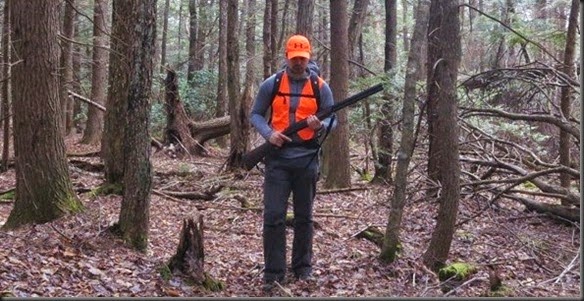
The CZ Upland Ultralight uses extractors rather than ejectors for the shells. I’m sure that also results in some weight savings. I personally prefer the extractors because it makes the shotgun smoother to open and let’s me keep better track of my spent shells.

The shotgun uses a manual tang safety with integrated selector switch. As with most other over/under shotguns, this allows you to select which barrel will be fired first. It is a useful feature, allowing you to load different shells in each barrel, or utilize different chokes in each barrel, and then fire the one best suited for the target. The selector can only be operated when the safety is on. I find that slightly annoying, although I’m sure it’s a safety feature.
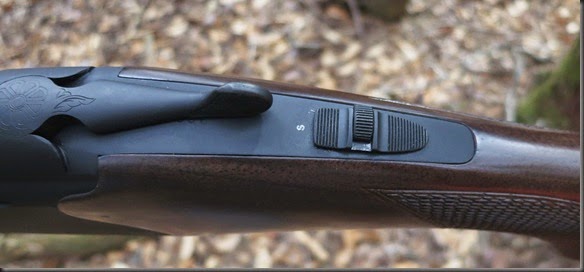
Disassembly is very easy, and can be done without the use of any tools. A lift of a single latch on the bottom of the forearm grip allows for its removal and the extraction of the barrels.
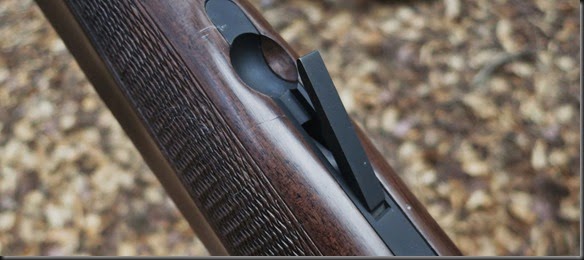
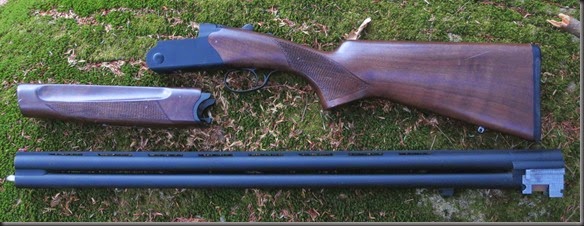
I have made two modifications to the shotgun so far. The first has been to add a screw-in sling attachment to the stock, and with the help of a rope loop between the barrels, I can attach a sling for when I need it.
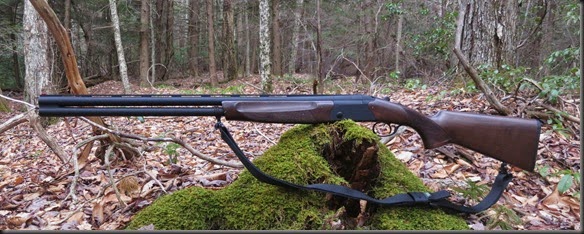
The second modification has been to lengthen the stock and add recoil reduction accessories. The project originally started with me just buying a LimbSaver recoil pad to see if it would soften the recoil. It was one of the slip on pads, size medium. It fit perfectly over the stock. Aside from the recoil reduction, I definitely liked the extra length the pad added to the stock. The pads are about one inch thick, and when put over the factory recoil pad, it made the stock an inch longer. This immediately improved the alignment of the shotgun when mounted. It seems that for me, the factory stock was a bit short. The problem was that with the factory rounded recoil pad still in place, the LimbSaver pad would slide around. The recommended solution is to remove the factory pad, but that would reduce the length again. My solution was to cut out several layers of sheath-making leather into the shape of the factory pad, and glue them together until they became the thickness of the factory pad. I then epoxied them to the inside of the LimbSaver pad, and screwed the whole thing back onto the stock using the original screw holes. I have been very happy with the result. After several hundred rounds the recoil pad is staying firmly in place.

While the LimbSaver recoil pad protects the shoulder well, there was still excessive recoil felt on the area of the stock contacting the cheek. In an effort to soften that impact, I added a 1/16” Cheek-Eez recoil pad. The pad consists of a stick on urethane sheath that you place on the side and top of the stock. It comes in different thicknesses. I opted for the 1/16 inch because I didn’t want my alignment to be thrown off too much. I think the 1/8 inch pad would have been fine too.
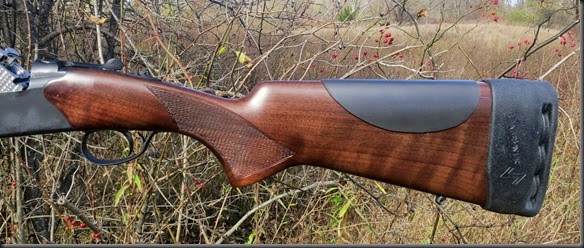
I know that for many making such alterations to an over/under shotgun is a cause for anxiety. I would feel the same way if we were talking about a $6000 engraved work of art shotgun. The CZ Upland Ultralight however is a purely utilitarian design. Nothing on the gun has been placed there to make it look better or to make it more exclusive. Every part is there to perform a function. This utilitarian approach allows the shotgun to retail for $762.00. If you are not exposed to a lot of O/U shotguns, this probably still seems absurdly expensive, but it’s an entry level price into the market.
The above wraps up the tangible description of the gun. These factors are important, but for me at least, are not the only factors for selecting a shotgun. I shoot the CZ Upland Ultralight because it fits me and the way I use shotguns.
When it comes to fit, a shotgun is very much like a pair of boots. Sure, you can wear different designs, but when one fits right, you know it. Being able to mount the shotgun and make it fit smoothly into your shooting stance is very important. I’ve tried out and shot many different designs, a lot of them much more expensive than the CZ Upland Ultralight, but they just didn’t feel right in my hands. This shotgun did. I wasn’t specifically looking for an over/under shotgun, nor a shotgun from any specific maker, or in any specific price range. The CZ Upland Ultralight just worked for me, so I started shooting it. That of course is an intangible, personal factor. It will be different for each person.
The CZ Upland Ultralight also fit my style of shotgun use. My primary interest in guns is for hunting use. I do shoot a fair amount of trap, but that is only so that I can become a better hunter. As such, I use the same shotgun for shooting trap or skeet as I use for hunting. My hunts usually involve traveling over extended distances and can last for days while I live out of my backpack. The result is that I need a light gun. I also need the shotgun to have the capability of using ammunition designed for anything from squirrel, to turkey and duck, to large game. As such, I needed a gun that can chamber at least up to 3 inch shells, of course with interchangeable chokes. In theory, a gun that can chamber up to 3 1/2 inch shells would be preferable, but with a light gun I am not capable of handling the recoil. Lastly, I need a gun that is easy to maintain in the woods.
The CZ Upland Ultralight U/O shotgun met all of those requirement for me. It is light, it can chamber 2 3/4 and 3 inch shells, comes with a decent selection of choke tubes, and is easy to maintain. Lastly, it feels right in my hands. There are other shotguns that will do the same job admirably, but this one felt right to me. Will it be right for you? I have no idea. It is designed to fit a specific function. If that is what you seek to do, it may be the right fit.

